127 results
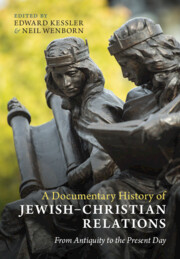
A Documentary History of Jewish–Christian Relations
- From Antiquity to the Present Day
-
- Published online:
- 03 October 2024
- Print publication:
- 17 October 2024
Chapter 4 - Vegetarianism as Religion
-
- Book:
- Vegetarianism and Veganism in Literature from the Ancients to the Twenty-First Century
- Published online:
- 30 May 2024
- Print publication:
- 06 June 2024, pp 104-136
-
- Chapter
- Export citation
Chapter 7 - Religion
- from Part I - Life and Times
-
-
- Book:
- Goethe in Context
- Published online:
- 16 May 2024
- Print publication:
- 23 May 2024, pp 66-74
-
- Chapter
- Export citation
12 - Sexuality in Jewish Traditions
-
-
- Book:
- The Cambridge World History of Sexualities
- Published online:
- 26 April 2024
- Print publication:
- 16 May 2024, pp 250-270
-
- Chapter
- Export citation
Chapter 11 - The Crisis of Faith
- from Part III - Composition, Creation, and Reception
-
-
- Book:
- Leonard Bernstein in Context
- Published online:
- 06 April 2024
- Print publication:
- 28 March 2024, pp 87-97
-
- Chapter
- Export citation
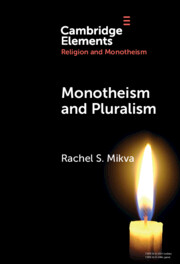
Monotheism and Pluralism
-
- Published online:
- 23 March 2024
- Print publication:
- 04 April 2024
-
- Element
- Export citation
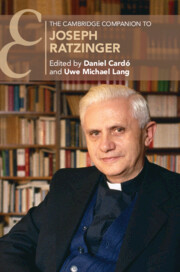
The Cambridge Companion to Joseph Ratzinger
-
- Published online:
- 25 January 2024
- Print publication:
- 21 December 2023
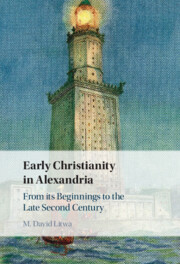
Early Christianity in Alexandria
- From its Beginnings to the Late Second Century
-
- Published online:
- 14 December 2023
- Print publication:
- 21 December 2023
5 - After Erwartung
-
- Book:
- Schoenberg: ‘Night Music' – <i>Verklärte Nacht and Erwartung</i>
- Published online:
- 30 November 2023
- Print publication:
- 30 November 2023, pp 88-110
-
- Chapter
- Export citation
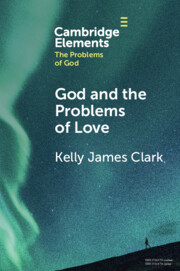
God and the Problems of Love
-
- Published online:
- 27 November 2023
- Print publication:
- 21 December 2023
-
- Element
-
- You have access
- Open access
- HTML
- Export citation
2 - Ancient Paganism and the Biblical God
-
- Book:
- Learning from Other Religions
- Published online:
- 30 October 2023
- Print publication:
- 16 November 2023, pp 30-77
-
- Chapter
- Export citation
Chapter 1 - Neither Jewish nor Pagan?
-
- Book:
- The Early Christians
- Published online:
- 05 October 2023
- Print publication:
- 26 October 2023, pp 25-115
-
- Chapter
- Export citation
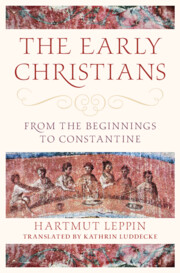
The Early Christians
- From the Beginnings to Constantine
-
- Published online:
- 05 October 2023
- Print publication:
- 26 October 2023
Chapter 6 - Exposing Religious Dissimulation
-
- Book:
- Religious Dissimulation and Early Modern Drama
- Published online:
- 31 August 2023
- Print publication:
- 28 September 2023, pp 160-188
-
- Chapter
-
- You have access
- Open access
- HTML
- Export citation
8 - Jewish Religious Epistemology
- from Part II - Religious Traditions
-
-
- Book:
- The Cambridge Handbook of Religious Epistemology
- Published online:
- 24 August 2023
- Print publication:
- 17 August 2023, pp 117-131
-
- Chapter
- Export citation
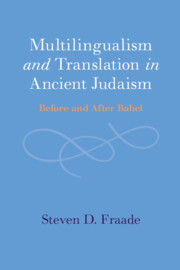
Multilingualism and Translation in Ancient Judaism
- Before and After Babel
-
- Published online:
- 01 August 2023
- Print publication:
- 21 September 2023
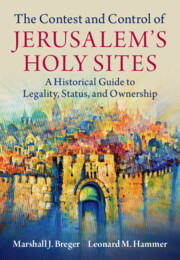
The Contest and Control of Jerusalem's Holy Sites
- A Historical Guide to Legality, Status, and Ownership
-
- Published online:
- 27 July 2023
- Print publication:
- 17 August 2023
10 - Religious Diversification, in Fact and in Law
- from Part III - Religious Repression
-
- Book:
- Freedoms Delayed
- Published online:
- 20 July 2023
- Print publication:
- 20 July 2023, pp 171-189
-
- Chapter
- Export citation
9 - Conclusion Calling and Being Called
-
- Book:
- Naming God
- Published online:
- 30 June 2023
- Print publication:
- 20 July 2023, pp 197-230
-
- Chapter
- Export citation
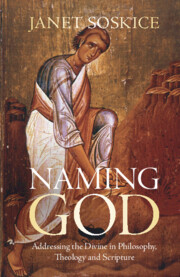
Naming God
- Addressing the Divine in Philosophy, Theology and Scripture
-
- Published online:
- 30 June 2023
- Print publication:
- 20 July 2023

